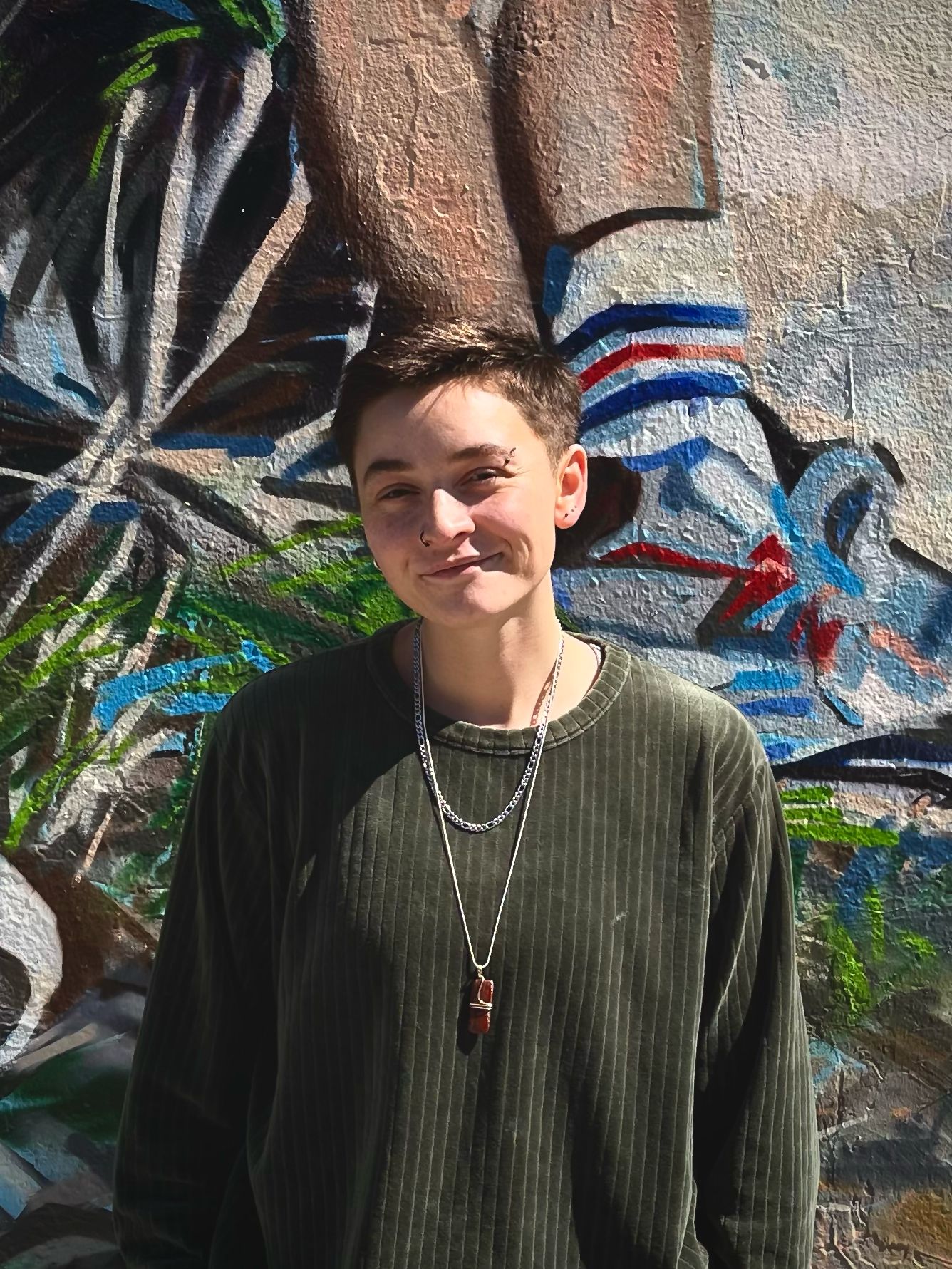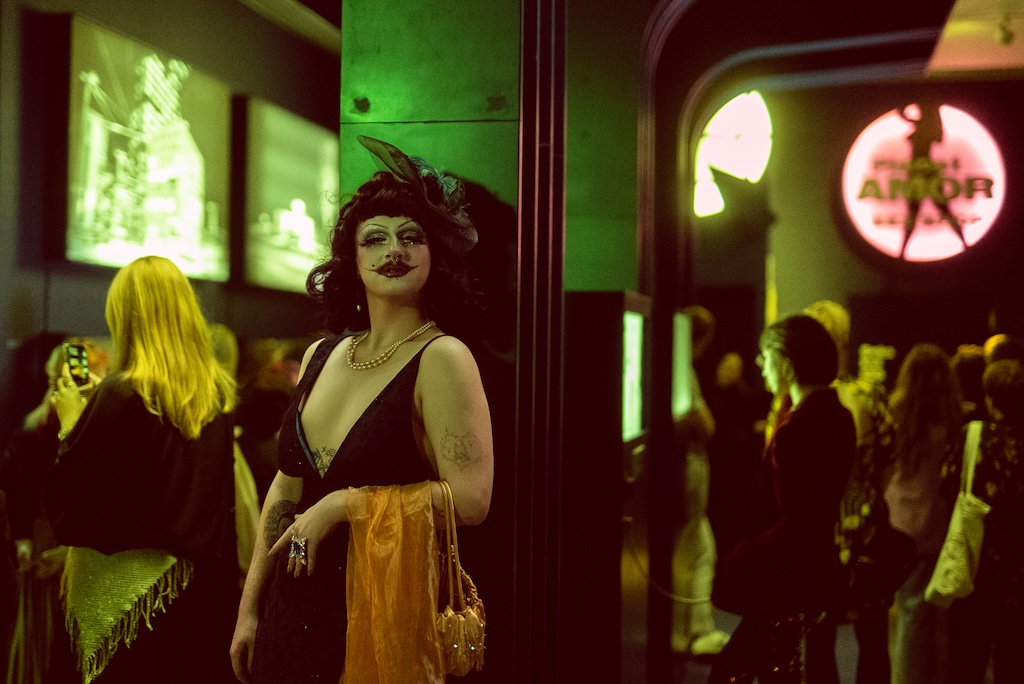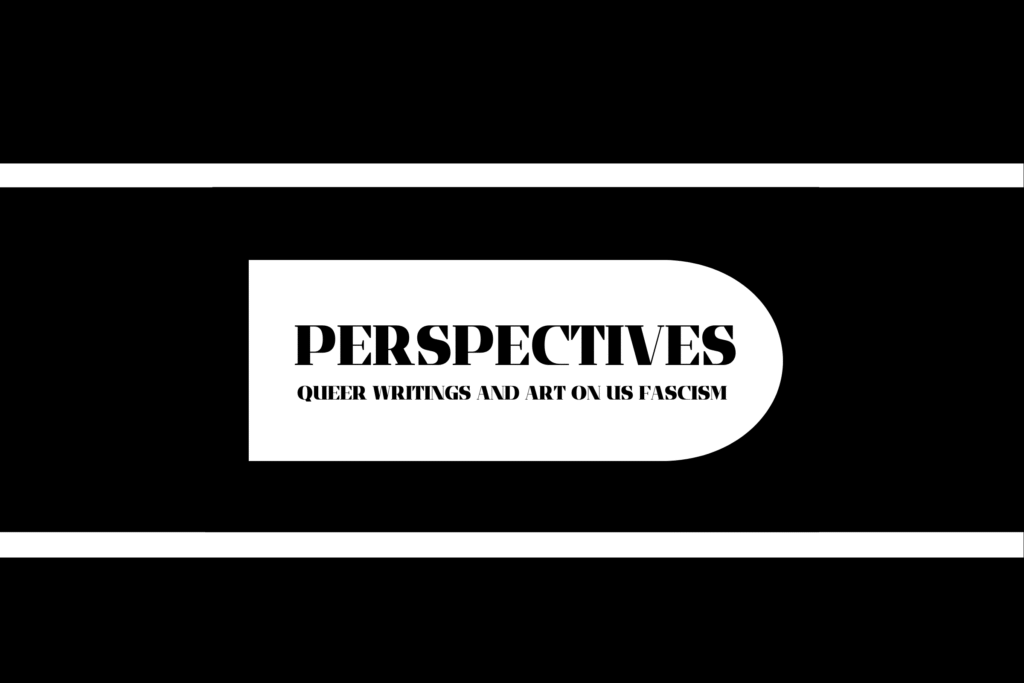To Be Held: Notes from a Trans Foreigner in Estonia
I moved to Estonia in April 2024 in a state of duress— out of options for what felt like a humane life in the United States, seeking a place I could escape the violence and fear I experienced back home.
Though the US has, for most of my life, been perceived as progressive, this image was created by our dutiful production of propaganda in the form of television, movies, music, and symbolic (but largely immaterial) displays of American “equality.”
Meanwhile, the overarching culture, indeed the culture that must exist for the survival of our modern police state, is ruled by white and christian nationalism, militarism, patriarchy, and xenophobia.
This lived reality translates into a painful, dangerous, and short life for queer people living in the regime.
Even in queer community spaces, we are not free of these ideologies. Throughout my time in US queer community, I watched with dismay as members inflicted these violent systems on each other, and me.
At some point, I felt that surviving this queer life meant leaving my home.
I did not come to Estonia expecting things to be easy. I was just hoping they would be different.
But Estonia brought to me a life I could have never imagined from the other side of the sea – namely, a way of being that was not entirely defined by the contrast of my strange shape against the uniformity of mainstream society.
A culture of commonality
Estonian culture remains impossible for me to fully grasp. All the intricacies of a people with so much history, pain, and joy, cannot be understood in so short a time.
But, from my outsider’s perspective, I also find that aspects of Estonian culture contribute to how the shape of my transness has changed for me here.
Estonia is governed by a politic largely disinterested in liberation, but which rarely takes a hostile posture towards it, like that of the US government.
Some examples of the state of things in the US – last year in Florida (the state I spent most of the last decade in), a law was passed allowing us to be arrested for fraud if we didn’t look enough like the gender marked on our Driving License.
In several states, it’s an arrestable offense to use different public restrooms than those of our assigned sex at birth. Others have passed public decency laws, making it punishable to “cross dress” or perform drag in public.
Meanwhile, homosexual activity remains criminalized 14 of 50 states.
In the US, there are no protections for a trans person who is fired on the basis of their identity.
There are, however, legal protections for people who commit hate crimes against queer or trans people, famously called the “Gay Panic Defense.”
And now, as Donald Trump and his ilk consolidate their fascist coup, trans history is being erased from US history, trans people’s identity documents are being confiscated and destroyed, visas are being cancelled for trans visitors to the US, and the groundwork is being laid to further stigmatize and criminalize our gender transgression.
Within this political landscape, Estonia and the European Union’s protections for diverse ways of being are significant.
There is, of course, work to do. But here, human rights protections allow us to start that work several steps ahead.
The privilege of this acceptance makes my lived experience as a trans person far more humane, and gives me the opportunity to build myself around new centers of identity and experience, something I’d never had the pleasure of doing back home.
Solidarity in action
A higher degree of neutrality towards different ways of being also expresses itself in my interpersonal relationships in Estonia, especially as I experience solidarity from others in my community. After a long history of colonizer oppression and aggression targeting difference, one of the ways Estonians seem to resist is by embracing each other in completeness.
Solidarity in the US is based largely on the ever-popular virtue signal: to show that one holds some vaguely progressive, if toothless, belief in equality for everyone, so long as everyone complies in the preferred project of homogeneity.
Meanwhile, Estonian solidarity is not propaganda, advertisement, or gimmick. It’s come by earnestly, through time and thought, and its consequences are material.
Though my non-trans friends here spend less time posting on Instagram about their support for the trans community, they spend more time doing things like: building trans-inclusive spaces, arranging for local queer parties to offer free or discounted tickets to trans patrons, helping trans people between housing situations, dropping by to deliver small luxuries when we’re sick or just worn down by the world, making the effort to find their way to us, and helping us find our way to them.
This action-centered solidarity is unique to my experience. It gave me the opportunity to feel truly safe and secure in my sense of belonging to a broader queer community.
On trans community
Trans community in Estonia seems to be built similarly to it’s solidarity – grounded more in shared vision than aesthetic or immaterial ideology. In my experience, queer and trans community has been less saturated with the police state mentality of controlling others’ identities, and instead finds points of commonality to move forward from.
When I arrived in Estonia, I was picking my way through a thick mire of grief. I felt I had lost so much in fleeing the state and interpersonal violence of my homeland. I stepped off the plane in Tallinn, one foot in the past, one foot precariously sailing out over the cliff of the unknown, unsure where I’d land.
But trans community found me right away, and welcomed me with open arms.
This community held me gently as I exorcised the sorrow, processed my emotions, and found my way back to myself.
Queer and trans people found me a cozy apartment, and took me to the best secondhand shops to stock it with. They made sure I knew about upcoming queer parties, bingo nights, and bars I’d be welcome at. They took me to drag shows. They invited me for coffee, and gave me top surgery resources, and explained the process of transferring my HRT prescription. They brought me home cooked meals or just came to sit in my apartment with me when my progress became recursive.
They did not shy away from my pain, and instead honored it. Then, in their Estonian way, they said, “let’s get you outside, I think I walk would be good for your head.”
This way of being in community gave me the space to heal and come back to the compass of myself.
After growing up in a society demanding unwavering heteronormativity, and then entering a queer community demanding its own kind of suffocating ideological and aesthetic homogeneity, the solidarity of queer and trans Estonians gave me room to breathe and be myself for the first time.
Closing thoughts
In the year since my move to Estonia, my understanding of my own transness has, well, transformed.
This was largely because of the space granted to me here: room to exist day-to-day without violence, solidarity from other queer people as I healed and found myself, and the invitation to a trans community with a place to, simply, be.
All these experiences amounted in the space I needed to be myself.
On this Trans Day of Visibility, I am grateful for this season of my journey, and grateful for what Estonia brought me— a life entirely trans, wonderfully strange, always genderfucked, and, at last, held in love by community.











